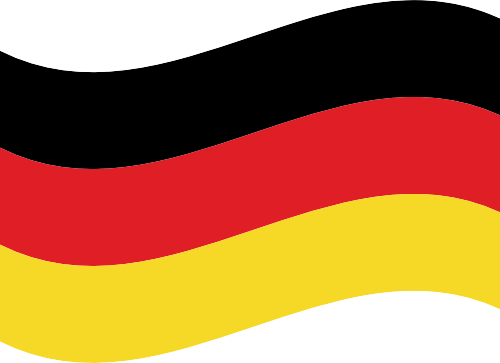- Alphadi Deutschland GmbH
- +49 561 949 189 0
- info@alphadi.org

Design of experiments is a structured plan for analyzing correlations. The relationships of many influencing factors on a result are examined in order to obtain the best setting of inputs.
In statistical design of experiments, results are not simply evaluated, but an experimental plan is drawn up, which is carried out and evaluated in practice. The experimental design can then be optimized based on the findings. This means that often only very few experiments are necessary compared to other methods in order to obtain the same or even more findings.
Design of Experiments (DOE) is a systematic method that is used in various areas such as research, development and production. It enables the planning, execution and analysis of experiments, whereby the effects of several factors on one or more target variables can be determined simultaneously.
By using DOE, you can understand complex relationships in a system by systematically investigating different factors and their interactions. The main objective of DOE is to identify significant influencing factors and to find optimal conditions for desired results. By varying different parameters and analyzing their impact on the outcome, organizations can make decisions to improve processes.

With more than 4,000 projects and case studies, Alphadi is a leader in the field of Lean Six Sigma and Sales Process Engineering. We advise you holistically so that your goals are achieved sustainably and in the long term.
2025 © All Rights Reserved.